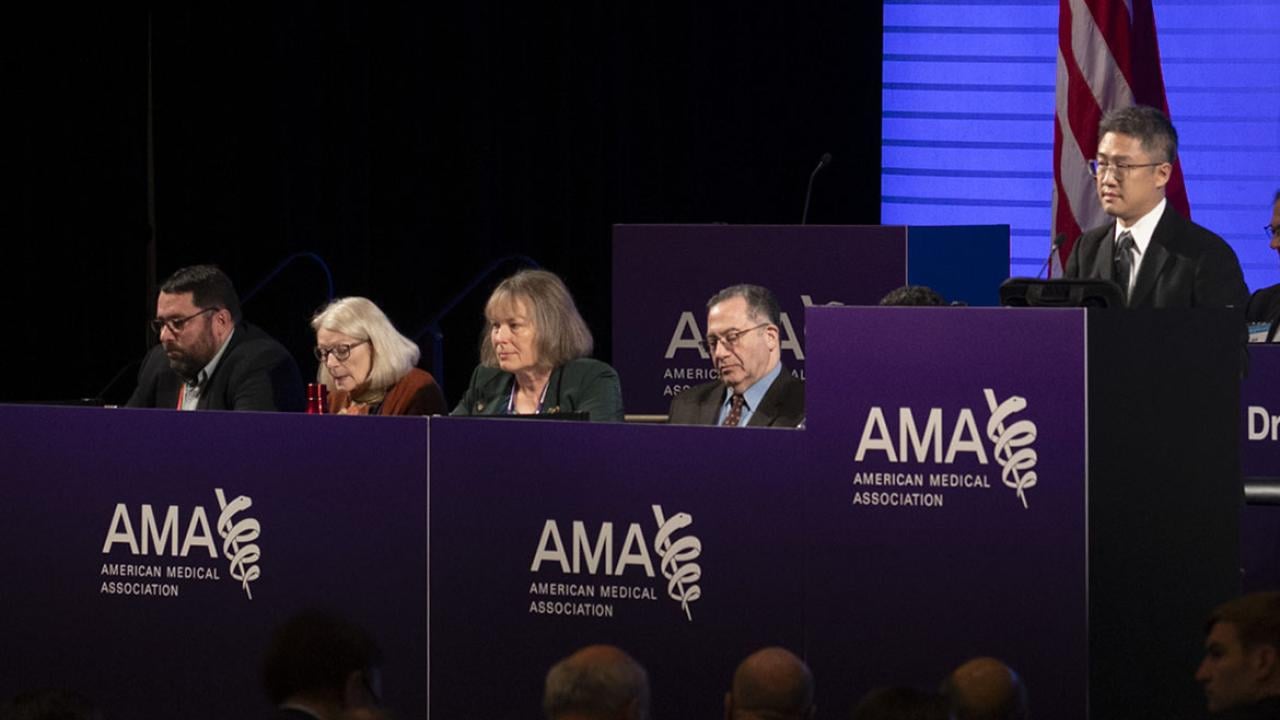In the United States, most physicians are now employees working for others in physician groups, insurance companies, or hospitals and health systems. Meanwhile, the growth of health care administration positions has far outpaced that of practicing physicians, according to a report from the AMA board whose recommendations were adopted at the interim meeting.
This increase in physician and health care administrator jobs has created tension, with a disconnect and lack of understanding between these professional groups. This tension was recognized as a significant source of intrusion into physician autonomy, the board’s report said.
The large-scale employment of physicians has led to a change in the profession that has led to conflict, said David H. Aizuss, MD, secretary of the AMA board of directors. Traditional physician autonomy in patient care is now influenced by cost-driven pressures versus high-quality patient care.
Doctors are key decision-makers
The primary concern is that this new organizational and economic reality of medicine will undermine physician autonomy in ways that will harm patients, the report says. Questions may also arise about loyalty when the financial incentives of health care institutions may conflict with the well-being of patients.
To this end, delegates called on the AMA to continue to strongly oppose any encroachment by administrators into treating physicians’ medical decision-making that is not in the best interests of patients.
This is consistent with existing AMA policy on physician decision-making in health care systems. The policy indicates that certain professional decisions essential to the quality of patient care should always be the responsibility of the physician, regardless of the practice setting.
It also aligns with the AMA Code of medical ethics, which establishes the importance and therapeutic nature of the patient-doctor relationship. This is demonstrated in Opinion 1.1.1, Patient-Physician Relations, as well as Opinion 1.1.3, which highlights the importance of patients’ health and well-being.
Building trust is key to resolving tensions between physicians and administrators and helping to reduce burnout factors. A STEP forward from WADA The toolkit, Building Bridges Between Practicing Physicians and Administrators, contains more detailed information to help organizations recognize drivers of distrust between physicians and administrators, explore methods to build trust, and define strategies to improve these relationships .
Reducing physician burnout is a critical part of the AMA’s recovery plan for physicians in the Americas.
Far too many American doctors suffer from burnout. That’s why the AMA is developing resources that prioritize wellness and highlight workflow changes so physicians can focus on what matters in patient care.
Meanwhile, the AMA STEPS ForwardWellness Wellness-Centered Leadership Playbook (PDF) helps healthcare leaders discover ways to create a culture of trust and eliminate the physician-administrator divide that contributes to physician burnout. Learn how to build doctor-administrator trust and improve well-being.
Check out other highlights from the 2023 AMA Interim Meeting.
#Health #care #administrators #medical #decisionmakers
Image Source : www.ama-assn.org

